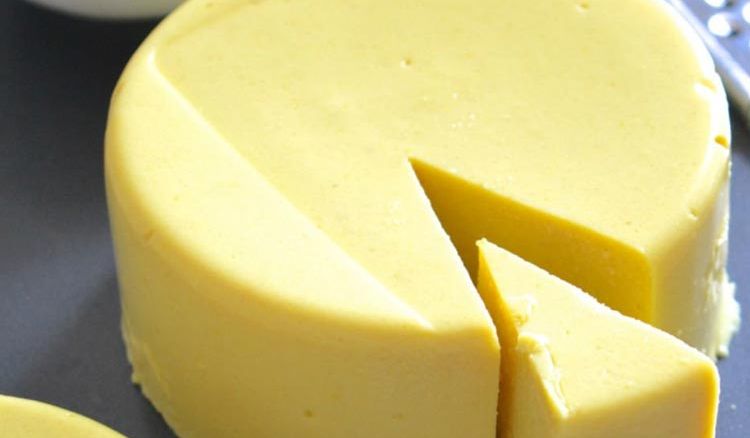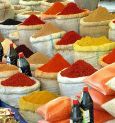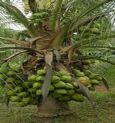Away from the hundreds of fromages to lose sanity over, French cheeses like Bleu des Causses and Brie de Meaux, it is implausible for the average food connoisseur to think of something a little closer to home. However, the commercial history of Bengal is marked with the incursion of the Dutch along the banks of Hoogly in the 17th century. After being steamrolled by the Mughal militia, the surviving Portuguese people retreated to Bandel. Accompanied by Burmese and Indian cooks, they improvised a novel way of cheese-making which, indeed, is one of the many obscure facets of Bengal’s colonial amalgamation.
Semi-soft, crumbly, disc-shaped and a rather stronger variant of cottage cheese, Bandel cheese is made from cow’s milk which, after a curdling process, is drained in small containers and smoked as per requirements. Deceptive in its insignificant shape, the cheese is distinctively aromatic and the taste is reminiscent of a grander cuisine. Salt is the sine qua non of this preparation, so the cheese is soaked in water overnight to remove the excess salt before use.
It is a sad fact that after the advent of roshogollas and delectable strains of sandesh, the subtlety of this niche food has dwindled to local production units and in this incomprehensible metropolis, only one shop in New Market lives to tell the tale. J Johnson sells these wonders in stacks at a negligible rate and surprisingly, the demand is steady. It is available in two kinds and hues- the plain one is white while the smoked one is brown. In the quest for an organic moksha, Bengalis would greatly appreciate the indigenous method of making an apparent foreign delicacy with no chemicals while maintaining the culinary aesthetics.
The concept of cheese is irrefutably European. The sheer presence of cheese in food might cause few raised eyebrows, nonetheless, this creamy elixir is almost universally loved. As for Bengal, Bandel cheese is an essential part of the heritage.
 বাংলায় পড়ুন
বাংলায় পড়ুন














